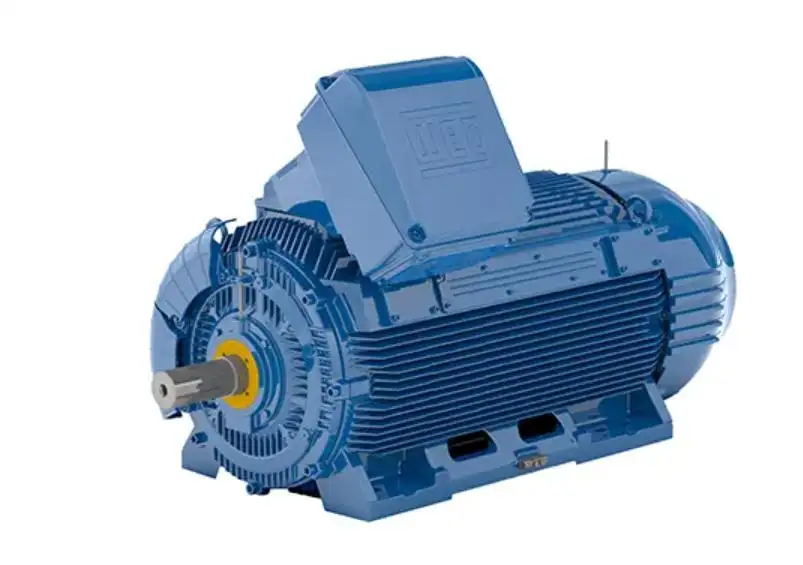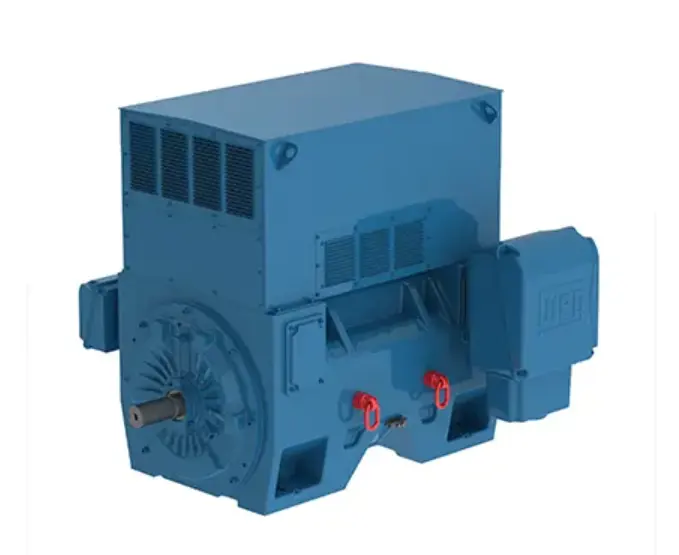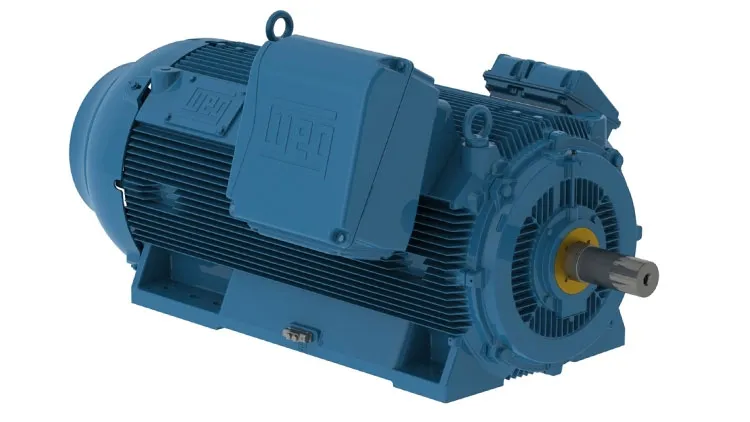Unlocking Peak Performance
Air compressors might seem plain, yet they quietly run the show in manufacturing, auto shops, hospitals, and labs. But if they aren’t looked after and tweaked, those hungry machines can chew through cash faster than you realize. So, how to improve the air compressor efficiency? Today we lay out hands-on tips, handy facts, and low-cost tricks to boost compressor efficiency and your bottom line. No matter if you run a one-man garage or a sprawling factory, tuning your air system can deliver big savings, greener operations, and smoother day-to-day workflow.
Why Air Compressor Efficiency Matters
Surprisingly, but true: compressors waste nearly a third of the energy they pull from the grid. The U.S. Department of Energy even ranks them among the worst energy hogs on the plant floor.
Better Efficiency Can Deliver:
- Smaller power bill
- Lower repair and upkeep costs
- A friendlier footprint
- Longer, healthier equipment life
Cutting energy use is great, but real gains come from smarter layout, 24/7 monitoring, and moving maintenance from scramble to fix to plan.
Start with a Compressed Air Audit
Begin with a full air audit to spot leaks, pressure drops, and other weak spots so you can save energy and money.
Track These Key Numbers:
- System pressure swings
- Air demand versus supply
- Energy use (kWh/m or kWh/CFM)
- Leak losses (which can go over 20%)
- Read the U.S. DOE guide for step-by-step audit instructions.
At us, our compressors come tuned for peak efficiency. Browse our energy-saving models today.
Find and Patch Leaks Quickly
Leaks may be quiet, but they bleed profits. One 1/8 hole at 100 psi can waste more than 13,000 kWh a year.
Find Leaks By Using:
- Ultrasonic leak detectors
- Eyes on joints, valves, hoses, and regulators
- Soap bubbles during a shutdown
Repair By:
Swapping worn seals and gaskets
Tightening or replacing fittings
Upgrading old parts

Stick to Preventive Maintenance
Regular upkeep keeps your compressor running strong and stops costly downtime before it starts.
Maintenance Checklist
- Keep oil topped off and swap it out before it goes black.
- Slide in clean air filters so the engine can breathe easily.
- Give belts a tug-check; loose or crooked ones wear fast.
- Tank and line drain daily; water-free air keeps tools dry.
- Valves cleaned or swapped for steady, high-flow air.
Optimize Air Intake Quality and Location
The spot your compressor breathes from shapes how hard it works. Cool, dry, dust-free air cuts wear and boosts output.
Tips:
- Install the intake in a shady, breezy nook.
- Add a pre-cooler or scoop to chill warm air.
- Steer clear of dusty machine rooms or wet yards.
- Cooler, thicker air packs more O2 per stroke, which lifts overall efficiency.
Use Variable Speed Drive (VSD) Compressors
VSD motors spin faster or slower to match demand, wasting next to nothing. They fit shops with jumpy air needs and trim power bills by up to 35%.
Benefits:
- Slash the time spent running unloaded.
- Curb annoying pressure swings.
- Load air exactly when tools call.
- Whisper-quiet and easy on parts.
Proper Sizing of Air Compressor and Receiver Tank
An oversized compressor burns extra electricity. An undersized unit runs hot, costs more to fix, and delivers weak, flickering pressure.
Sizing Tips:
• Match compressor CFM output to real demand
• Add a receiver tank to store air for peak moments
• Install load/unload or smart-demand controls
In production plants, tank size is often figured like this:
Tank Size (gallons) = CFM × Time (minutes) × 7.48
This simple formula keeps pressure steady and cuts start-stop cycles.
Improve Piping Design and Layout
Leaky, twisted pipes bleed pressure, push the compressor harder, and waste money.
Piping Design Tips:
• Use looped runs to spread pressure evenly
• Cut down sharp turns, elbows, and extra fittings
• Size the main pipes larger to cut speed loss
• Check for rust, scale, or foreign debris regularly
Swapping old steel for aluminum or stainless reduces drag and rust all through the system.
Optimize the Air Dryer and Filtration System
Dryers and filters guard your tools, but they can quietly guzzle power, too.
Optimize the Dryer
- Pick the right dryer type: refrigerated, desiccant, or a hybrid model.
- Guide the unit size by flow rate and required dew point.
- Swap out the dryer filters on schedule.
- Add intercoolers and aftercoolers to catch extra moisture and cool the air.
- Dry, cool air cuts corrosion and helps tools last longer.
Upgrade to Smart Compressor Control Systems
Old controls slow down production and waste power. Smart control features include:
- Load-unload optimization
- Remote monitoring from a phone or laptop
- Automatic shutdown when the system is idle
- Demand-based load matching
Cloud dashboards show performance in real-time, so you spot issues and act early.
Utilize Heat Recovery Systems
Compressors throw off a ton of heat; up to 90% of the energy input is left that way. Reuse options are simple:
- Warm the shop in winter
- Preheat process water for cleaning or rinsing
- Raise the boiler feedwater temperature
Manage Demand Side: Reduce Artificial Demand
Not every tool needs 100 psi, but many systems deliver it anyway. Examine hoses, regulators, and fixtures to find places where pressure and air can drop without hurting output.
Demand-Side Management
- Audit every air-use point.
- Match the tools to the correct pressure.
- Use low-pressure blowers when it makes sense.
- Eliminate open-blowing.
Every 2 psi you add to the system pressure pushes energy use up by another 1%. So, keep the pressure as low as you safely can!
Actionable Tips for Better Compressor Efficiency
Keeping your air compressor running cost-effectively means giving it regular attention and making smart upgrades. Use this checklist to feel results fast:
Leaks
Find and fix leaks on a set schedule. Lost air wastes energy, so check fittings, valves, and hoses often.
Maintenance
Change oil, clean filters, check belts, and clear the intake. Simple upkeep keeps parts healthy and machines running strong.
Controls
Add VSDs and smart controllers. Variable Speed Drives and automatic systems cut power when full capacity isn’t needed.
Piping
Run large-diameter looped piping. A good layout cuts friction loss and helps air reach tools evenly.
Air Quality
Keep intake air clean, cool, and dry. Quality filters and well-placed intakes protect the entire system.
Dryer
Pick the right dryer, then clean and service it. Clean, dry air stops moisture problems before they start.
Sizing
Size compressors and tanks properly. Units that are too big or too small cost more to run and can shorten service life.
Heat Recovery
Put waste heat back to work, that unused warmth, and use it to heat water or warm rooms.
Demand Side
Trim fake demands, excessive pressure, and needless air use so the whole system runs cleaner.
Conclusion
How to improve the air compressor efficiency? Boosting air compressor efficiency isn't a quick fix; it's a habit you grow over time. Whether you run a tiny workshop or a massive plant, routine upkeep, smart controls, leak fixes, and tight demand rules can shave thousands off your power bill each year. At VIBRANT, we love guiding firms toward greener, smarter compressed-air setups. Let us help you build a system that's lean, dependable, and ready for tomorrow.









